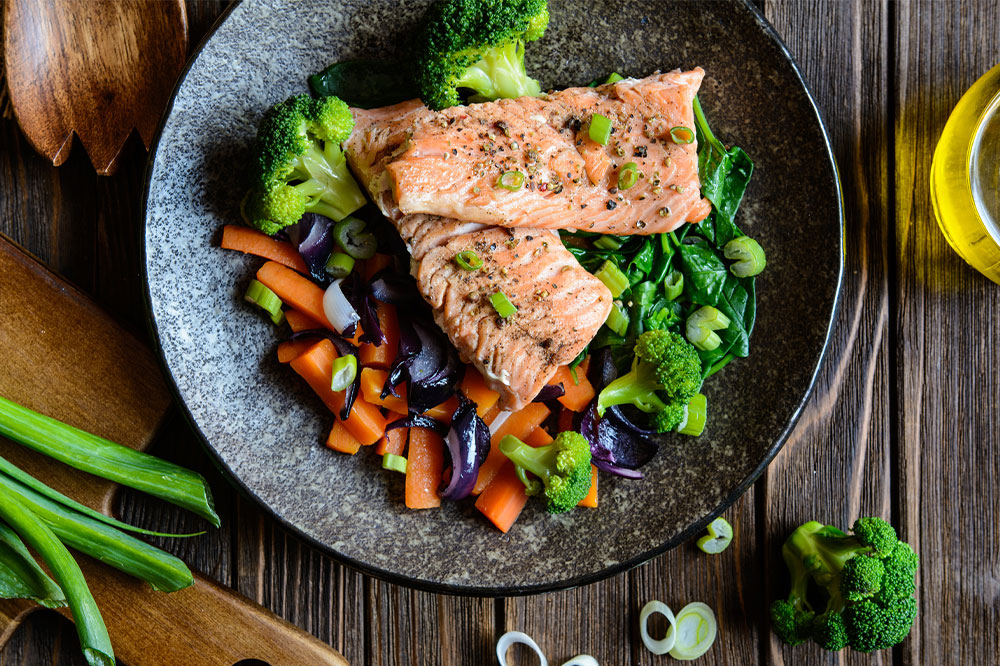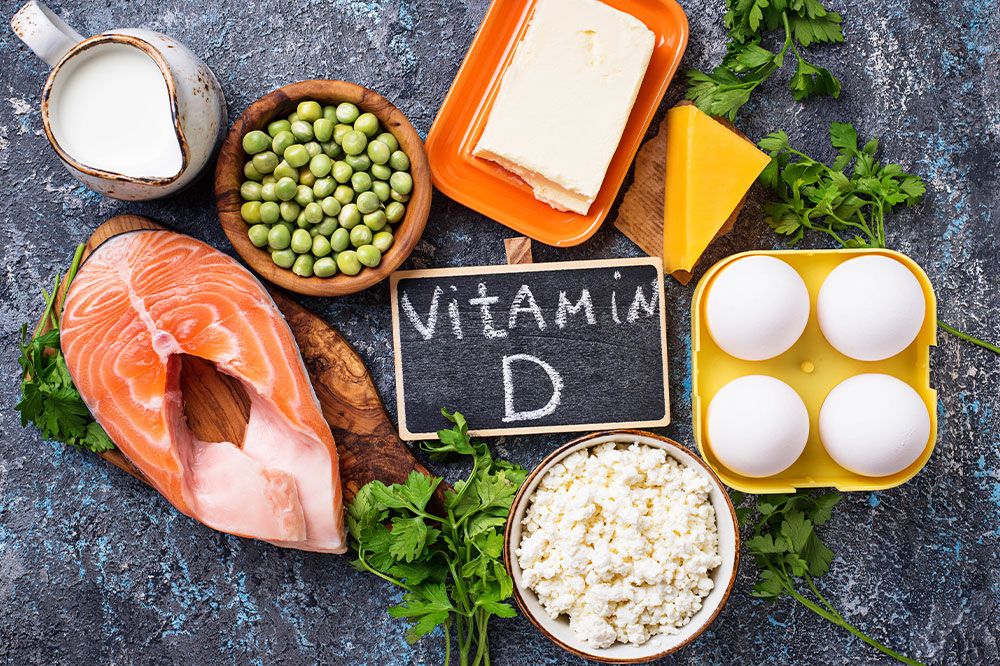Comprehensive Nutritional Approaches for Effective Management of Pulmonary Hypertension
This comprehensive guide highlights effective nutritional strategies for managing pulmonary hypertension. It emphasizes reducing salt and fluid intake, controlling weight, and avoiding stimulants such as caffeine and alcohol. By adopting these dietary practices, patients can alleviate symptoms, reduce complications, and improve their quality of life. The article offers practical tips for meal planning, hydration, and lifestyle adjustments crucial for better disease management, supporting both medical treatment and overall health.

Essential Dietary Strategies to Support Pulmonary Hypertension Control
Pulmonary hypertension (PH) is a complex medical condition characterized by increased blood pressure within the arteries of the lungs. This elevated pressure strain not only affects respiratory function but also puts significant stress on the heart. While pharmacological treatments and surgical interventions remain mainstays in managing PH, recent evidence highlights the vital role of tailored nutritional strategies in alleviating symptoms and improving patients' quality of life. Incorporating specific dietary modifications can make a meaningful difference by helping control fluid retention, managing blood pressure, and preventing complications associated with this condition.
Limit Sodium and Salt Intake to Reduce Fluid Retention
One of the most critical dietary adjustments for pulmonary hypertension patients involves reducing sodium intake. Excess sodium contributes to fluid retention, increasing the workload on the heart and lungs. This can exacerbate symptoms such as swelling, shortness of breath, and fatigue. Controlling salt consumption helps prevent excess fluid buildup, easing symptoms and supporting cardiovascular health. It is important to distinguish between salt and sodium—many processed foods contain hidden sodium, which can quickly surpass daily recommended limits. Patients are advised to read food labels diligently, choose fresh or minimally processed foods, and avoid adding extra salt during cooking and at the table. Transitioning gradually to a low-sodium diet allows the natural flavors of wholesome foods to develop and helps in long-term adherence.
Managing Fluid Intake for Symptom Control
Proper hydration is always vital, but for individuals with pulmonary hypertension, fluid management is crucial. Excessive fluid intake can lead to pulmonary edema and peripheral edema, complicating disease management. It is generally recommended that fluid consumption be limited to approximately two liters per day, including all beverages and foods containing water, like soups, gelatin, and broths. Monitoring daily weight can serve as an early warning system for fluid retention—sudden weight gain often signals that fluid buildup is occurring. Maintaining a detailed journal of fluid intake and weight fluctuations empowers patients to recognize triggers and avoid overconsumption. Medical advice should be sought with any rapid weight increases or worsening symptoms.
Dietary Measures to Reduce Nausea and Improve Digestive Comfort
Nausea is a common side effect of certain medications used in PH treatment, and it can lead to dehydration and electrolyte disturbances if persistent vomiting occurs. Dietary strategies aimed at minimizing nausea include eating smaller, more frequent meals, avoiding fatty, fried, or spicy foods, and steering clear of carbonated beverages that can cause bloating. It is beneficial to stay upright during and after meals to promote digestion and reduce discomfort. Incorporating gentle foods like bland cereals, bananas, applesauce, and ginger tea can soothe the stomach. Proper nutrition not only alleviates nausea but also prevents dehydration, which is vital for overall health and disease management.
Achieving and Maintaining a Healthy Body Weight
Maintaining an optimal weight is fundamental to managing pulmonary hypertension effectively. Excess body weight imposes additional strain on the heart and lungs, potentially worsening symptoms and complicating treatment. Patients should calculate their daily caloric needs based on age, gender, activity level, and body composition, aiming for a balanced, nutrient-dense diet. Portion control, mindful snacking, and limiting high-calorie beverages such as sugary drinks and alcohol are essential strategies. Incorporating more vegetables, lean proteins, whole grains, and healthy fats can promote satiety without excessive caloric intake. Regular weight monitoring allows for timely adjustments to dietary habits, ensuring weight stability and reducing cardiovascular stress.
Eliminating or Reducing Stimulants Like Caffeine and Alcohol
Caffeine and alcohol are stimulants that can adversely impact pulmonary hypertension management. Caffeine can increase heart rate and blood pressure, while alcohol acts as a depressant that can slow respiratory rate and impair oxygenation. Both substances can disrupt medication effectiveness and contribute to dehydration and electrolyte imbalances. Patients are encouraged to replace caffeinated beverages with herbal teas, lemon water, or infused water for hydration and enjoyment. Avoiding alcohol altogether or limiting intake significantly improves blood pressure stability and respiratory function, supporting the overall goals of symptom control and disease management.





